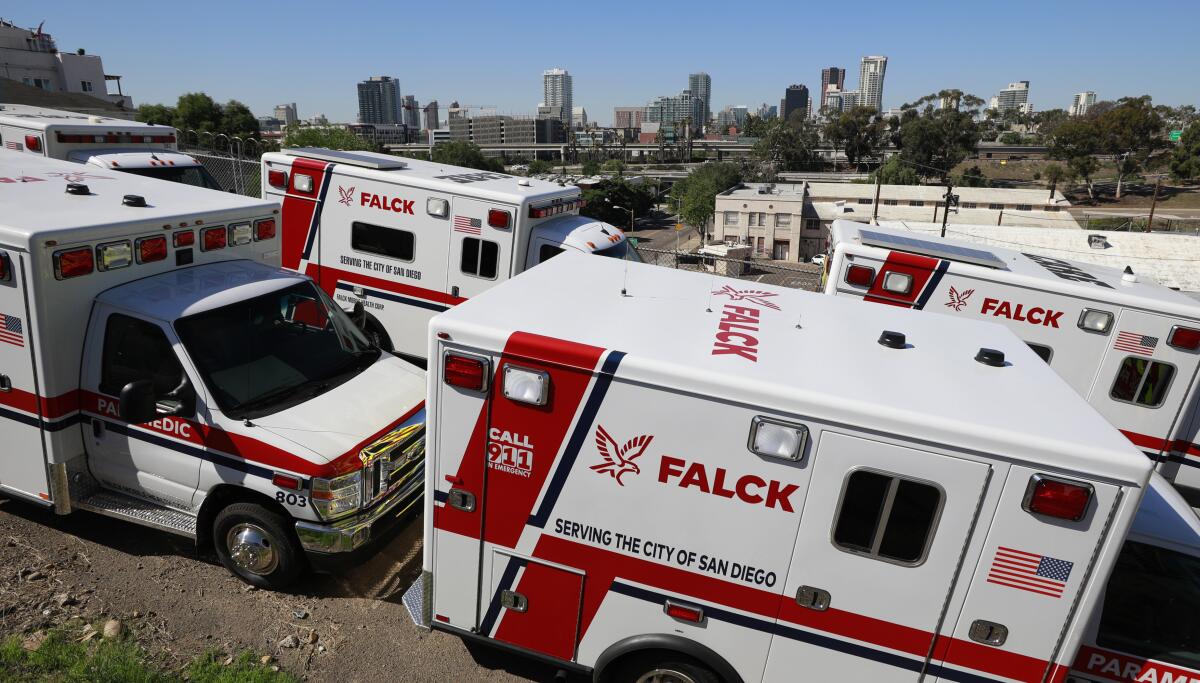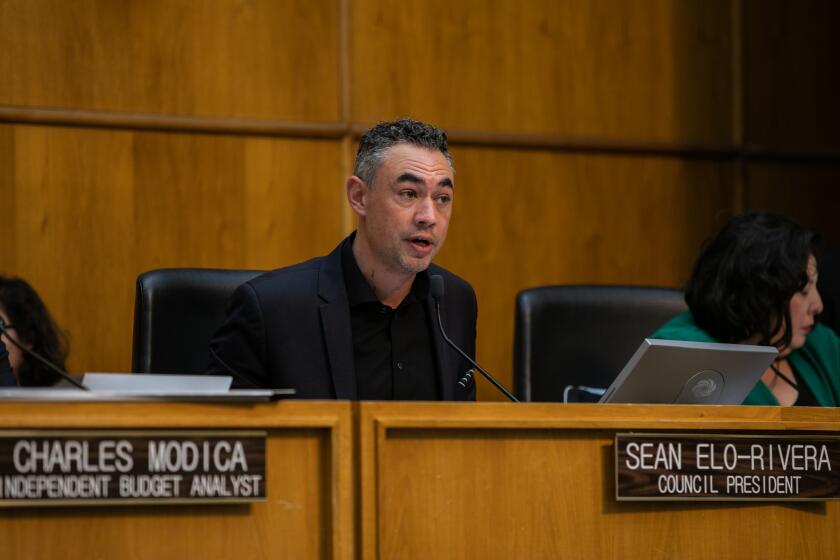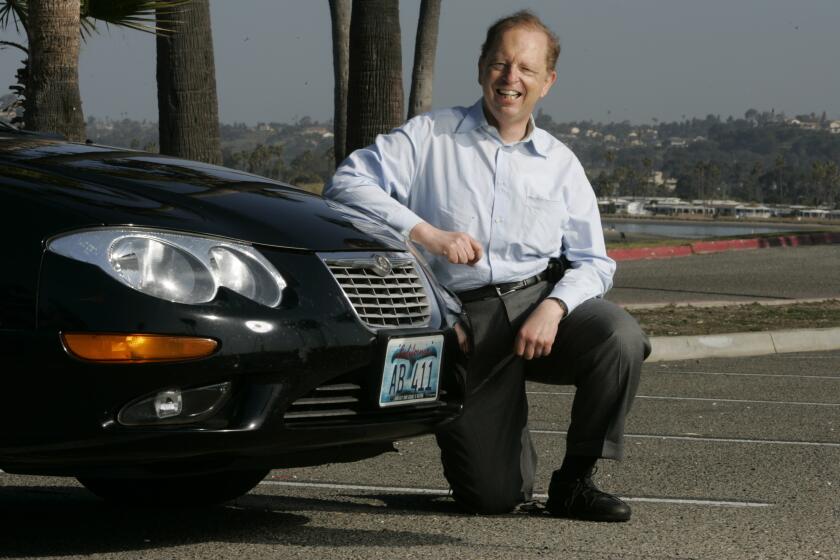San Diego’s ambulance takeover is making for faster service, fewer violations. But why are there more ambulance calls?

The possible financial benefits remain uncertain, and officials say more data is needed as they near the halfway point of a one-year experiment
San Diego’s takeover of city ambulance service is significantly cutting emergency response times, and yielded the first month with no response-time violations since the city switched ambulance providers in November 2021.
The takeover, which has also put more ambulances on the road for more hours than ever before, is also boosting quality of care by reducing how often ambulances rush from emergency to emergency, city officials said.
But some of those extra hours are being absorbed by a notable increase in the number of ambulance transports since the city took over Oct. 1. City officials said they’re not sure why, but transports were up 7 percent in October, November and December 2023 compared with the same period in 2022.
The possible financial benefits of the takeover also remain uncertain. Officials said some early numbers look good but that more data is needed as they near the halfway point of a one-year experiment.
San Diego took control over staffing, dispatch, deployment, billing and other crucial ambulance decisions last fall after many months of frustration with private provider Falck USA, which only transports patients under the new model.
The city appears to be achieving the primary goal of the takeover, which was slashing response times by eliminating the financial incentives that private ambulance companies have to reduce service and hours.
Data for the first three months since the city takeover — October, November and December 2023 — show only two total response time violations.
That compares with 17 total violations during those three months in 2022. And neither of the fall 2023 violations were in the life-threatening emergencies category, compared with 13 of the 17 violations in fall 2022.
One of the violations was in October and one in December, leaving November with no violations. Falck never had a month with zero violations in the two years it had control of city ambulance service.
Another encouraging statistic, officials said, is a 4 percent increase in off-task time for ambulances. That means ambulances had more time in between a transport and responding to the next call for service.
Staff and ambulance shortages under Falck had been blamed for low staff morale and fatigue among paramedics and emergency medical technicians, which can compromise quality of care.
Despite those positive signs, officials said the surge in transports is a concern. There were 29,782 transports in October, November and December of 2023, up 7 percent from 27,822 during those months in 2022.
“There is much to learn in the months coming ahead of us,” said Assistant Fire Chief Jodie Pierce, adding that officials haven’t been able to determine the cause of the surge.
In addition to cutting response times, the takeover is also supposed to be a financial win for the city — primarily because a new state law tripled Medicare and Medi-Cal reimbursement rates for government agencies compared to private providers.
Pierce said it’s too soon to know the financial impact.
“The process of reimbursement varies from day to day, but is slightly ahead of projections,” she said.
The city’s independent budget analyst is scheduled to begin reviewing the financial data soon, officials said.
Billing, staffing, deployment and financial risk were shifted from Falck USA and to the city on Oct. 1 after months of negotiations
The IBA and an outside consultant predicted last year that the takeover would likely generate millions for the city each year.
To make any possible financial losses less likely, the city last August raised fees patients pay for ambulance transports by 12.5 percent over the next two years.
The rate for the most expensive advanced life-support ambulance transports rose from $2,805 to $2,945 last summer and will increase to $3,151 in July.
Falck USA continues to fall far short of its staffing and response-time goals; company took over service 14 months ago
Assistant Fire Chief Dave Gerboth said officials are still exploring a revamped triage system, which was first proposed more than a year ago. Ambulances would still go to medical emergencies, but they wouldn’t be dispatched to many calls deemed nonurgent.
Get Essential San Diego, weekday mornings
Get top headlines from the Union-Tribune in your inbox weekday mornings, including top news, local, sports, business, entertainment and opinion.
You may occasionally receive promotional content from the San Diego Union-Tribune.














